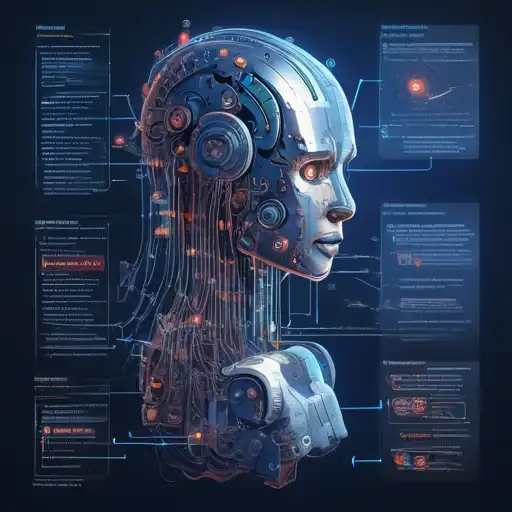Introduction to Machine Learning Algorithms
Machine learning algorithms are the backbone of artificial intelligence, enabling computers to learn from data and make decisions with minimal human intervention. This guide is designed to demystify these algorithms for beginners, providing a clear understanding of how they work and where they can be applied.
What Are Machine Learning Algorithms?
At their core, machine learning algorithms are mathematical models that allow computers to learn patterns from data. These algorithms can be broadly categorized into three types: supervised learning, unsupervised learning, and reinforcement learning.
Supervised Learning Algorithms
Supervised learning algorithms are trained using labeled data. This means that the input data comes with the correct answers, allowing the algorithm to learn by example. Common examples include:
- Linear Regression
- Logistic Regression
- Decision Trees
- Support Vector Machines (SVM)
These algorithms are widely used in applications such as spam detection and image recognition.
Unsupervised Learning Algorithms
Unsupervised learning algorithms, on the other hand, work with unlabeled data. They try to find hidden patterns or intrinsic structures in the input data. Examples include:
- K-Means Clustering
- Principal Component Analysis (PCA)
- Association Rules
These algorithms are often used in market basket analysis and customer segmentation.
Reinforcement Learning Algorithms
Reinforcement learning algorithms learn by interacting with an environment, using feedback from their own actions and experiences. Notable examples include:
- Q-Learning
- Deep Q Network (DQN)
These algorithms power many advancements in robotics and game playing AI.
Choosing the Right Algorithm
Selecting the appropriate machine learning algorithm depends on the nature of your data and the problem you're trying to solve. Factors to consider include the size of the dataset, the type of data, and the desired outcome.
Conclusion
Machine learning algorithms are a fascinating and powerful tool in the field of artificial intelligence. By understanding the basics of these algorithms, beginners can start to explore the vast possibilities they offer. Whether you're interested in data science, AI development, or simply curious about how machines learn, there's never been a better time to dive in.
For more insights into the world of technology and AI, check out our other articles on data science and artificial intelligence.
